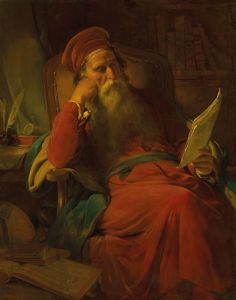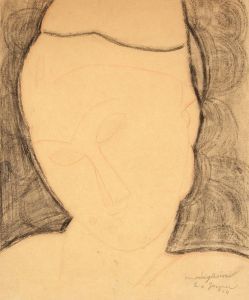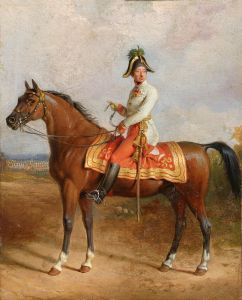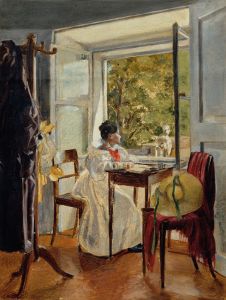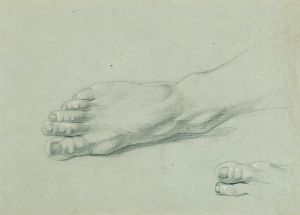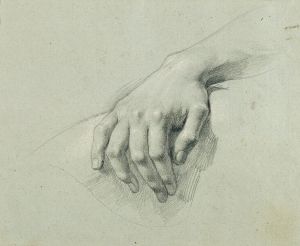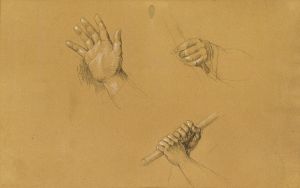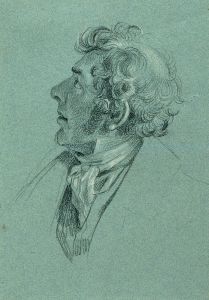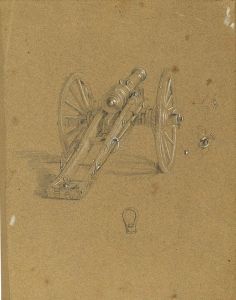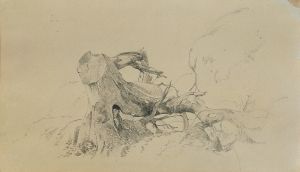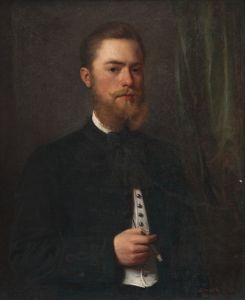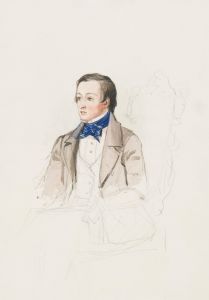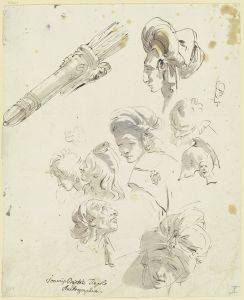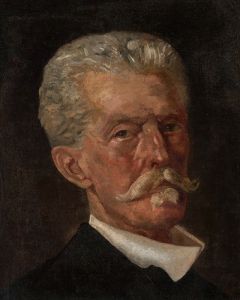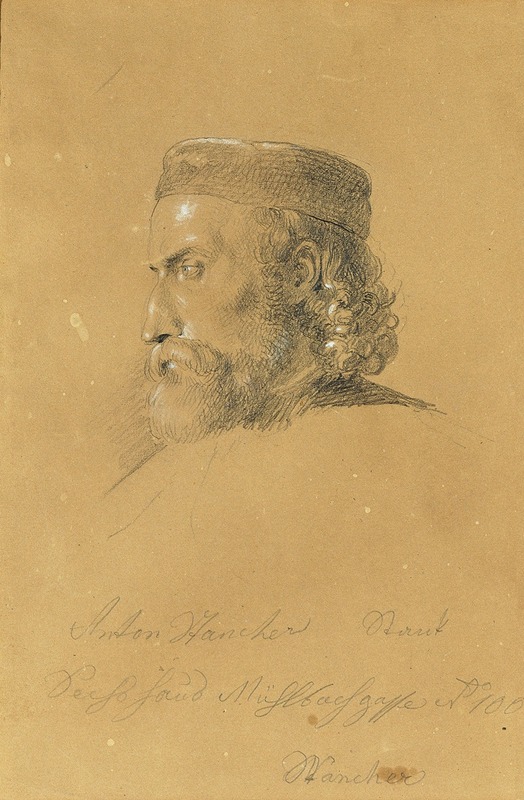
Kopfstudie.
A hand-painted replica of Johann Peter Krafft’s masterpiece Kopfstudie., meticulously crafted by professional artists to capture the true essence of the original. Each piece is created with museum-quality canvas and rare mineral pigments, carefully painted by experienced artists with delicate brushstrokes and rich, layered colors to perfectly recreate the texture of the original artwork. Unlike machine-printed reproductions, this hand-painted version brings the painting to life, infused with the artist’s emotions and skill in every stroke. Whether for personal collection or home decoration, it instantly elevates the artistic atmosphere of any space.
Johann Peter Krafft was an Austrian painter known for his historical and genre scenes, as well as portraits. However, there is limited information available specifically about a work titled "Kopfstudie" by Krafft. The term "Kopfstudie" translates to "head study" in English, which suggests that the work might be a study or sketch focusing on the head or face of a subject. Such studies were common practice among artists, serving as exercises in capturing the likeness, expression, and anatomy of the human head.
Johann Peter Krafft was born on September 15, 1780, in Hanau, Germany, and later became a prominent figure in the Austrian art scene. He studied at the Academy of Fine Arts in Vienna and was influenced by the Neoclassical style, which was prevalent during his time. Krafft's works often depicted scenes from history and mythology, characterized by their attention to detail and dramatic compositions. He was appointed as a professor at the Academy of Fine Arts in Vienna and held various prestigious positions throughout his career, contributing significantly to the cultural landscape of Austria in the 19th century.
Krafft's oeuvre includes notable works such as "The Battle of Leipzig" and "The Entry of Emperor Franz I into Vienna," which exemplify his skill in rendering complex historical narratives with clarity and vigor. His portraits, on the other hand, demonstrate his ability to capture the individuality and character of his subjects, often members of the Austrian nobility and bourgeoisie.
While specific details about "Kopfstudie" are scarce, it is likely that this work, like many head studies, was intended as a preparatory exercise or a standalone exploration of human physiognomy. Such studies were essential for artists to refine their technique and understanding of human anatomy, which would later inform their more elaborate compositions.
Krafft's contributions to art were recognized during his lifetime, and he was celebrated for his ability to blend historical accuracy with artistic expression. His works remain part of important collections and continue to be studied for their artistic and historical significance.
In summary, while there is no detailed information available about a specific work titled "Kopfstudie" by Johann Peter Krafft, it can be inferred that it was likely a study focusing on the head, consistent with the practices of artists during his time. Krafft's legacy as a painter is well-documented through his historical scenes and portraits, which reflect the artistic trends and cultural milieu of 19th-century Austria.





